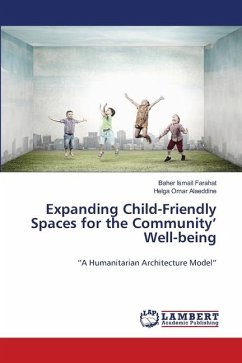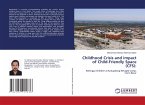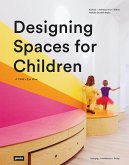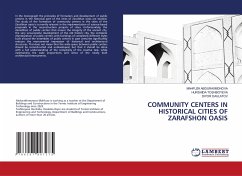By fostering justice, ethics, and respect for one another, humanitarian architecture helps to create a built environment that is socially, morally, and ethically upright. This book aims to expand research on humanitarian architecture and its impact on communities facing social, psychological, educational, financial, and health issues. Based on the premise that the formative years are essential for psychological, social, physical, and cognitive development, it specifically targets the population of children. Using architectural design methods, child-friendly spaces for crisis-related psychological support and child safety should be developed.Book research addresses children's needs and well-being while adhering to internationally standards and principles that guide architectural implementations. The research is qualitative, analyzing case studies from Thailand, Brazil, Burkina Faso, and Lebanon. In a purpose to enhance the well-being of children in underprivileged communities, researchers examine these cases in search of significant distinctions and similarities to generate guidelines for equivalent architectural practices. Findings are expected to promote community well-being.







